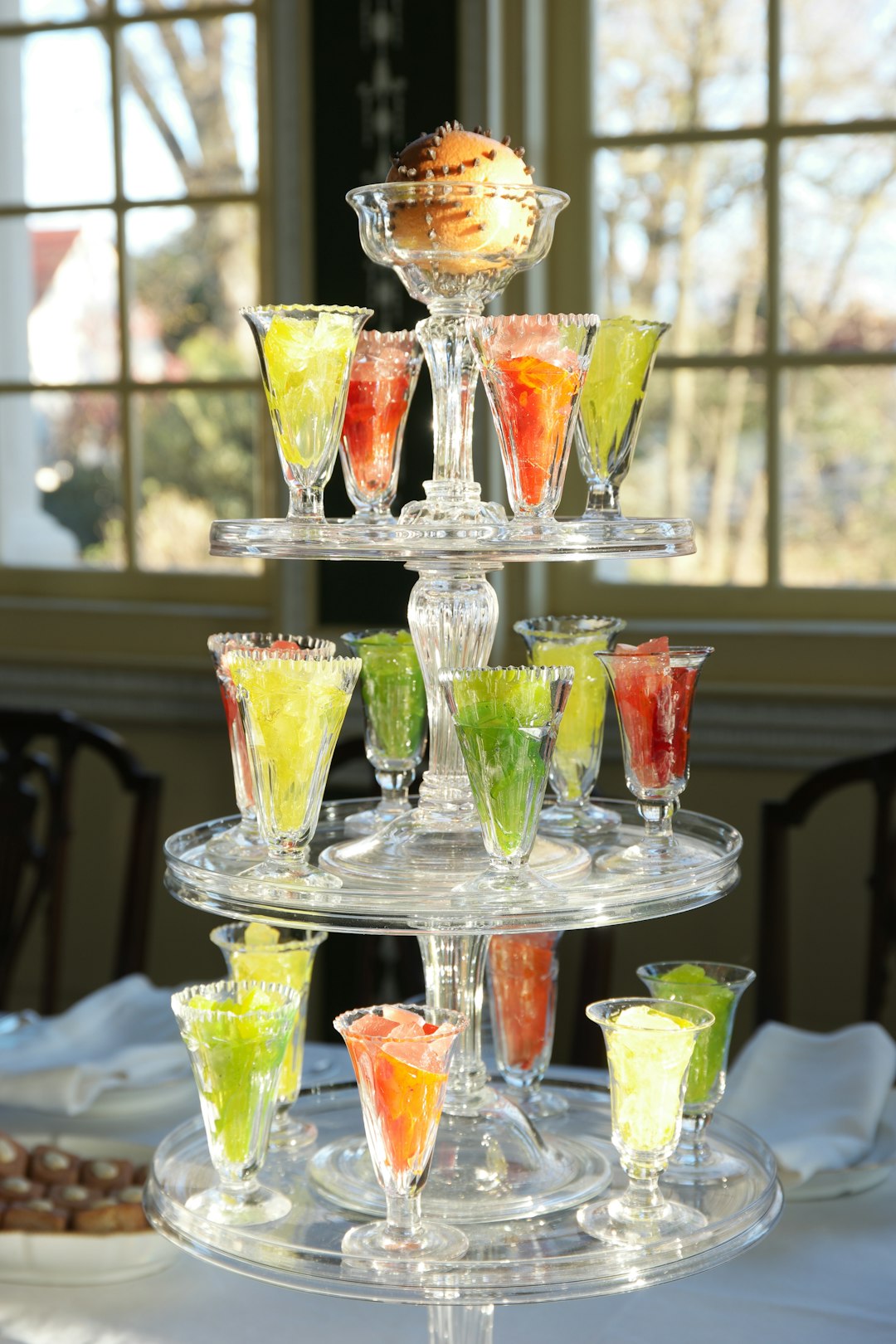Akkermansia - colon anaerobe and butyrate producer - promoted by polyphenols; Colitis Protocol.
Chocolate, red wine, and pomegranate, oh yum!
A company called Pendulum has learned how to grow the Akkermansia anaerobes that were found to be more common in people who live over 100 years old and be able to package them in a capsule that will colonize the colon when the diet includes some supportive polyphenols, - and also zinc and some resistant starch to make the butyrate with. Why polyphenols support the butyrate producing species was not known by speakers on the webinar. Pomegranate peel and fruit have been found to promote the species and other butyrate producing species. Chocolate and red wine were also mentioned by the CEO of Pendulum Life, Colleen Cutcliffe.
Colleen shares in a webinar on Fullscript that her children take the Akkermansia supplement that her company created and when asked why - were they screened and found to be low? She explained that her daughter had been born premature and left with microbiome problems afterwards and it led to Colleen’s interest and later figuring out how to create a product that could work for the colon microbiome. (Webinar: Fullscript, or Our Story)
This is a breakthrough in colon support. Yogurt and the current types of probiotic supplements are supporting the microbes that live in the small intestines and use oxygen. The colon microbes need to be grown in an environment that has no oxygen - anaerobes.
Increased amounts of Akkermansia are associated with being a 100-year-old person and low amounts are associated with a variety of illnesses including colitis. The webinar on Fullscript provides more information about the health benefits of the anaerobes - a species that is a normal part of a healthy microbiome: All About Akkermansia with Colleen Cutcliffe | Fullscript. The company has had Halle Berry as a customer and now as an investor and Chief Communications Officer. (pendulumlife.com) Dr Mark Hyman in an interview with the company’s CEO Colleen Cutcliffe regarding the Akkarmansia species and gut health. (vimeo)
Another butyrate promoting product by the company Pendulum offered on Fullscript | Butyricum, a clostridium species.
I have added a Colitis / Microbiome Protocol on FullScript. It includes a few zinc examples, a mixed Polyphenol product with pomegranate peel, green tea and grape seed extracts, and the Akkermansia product is out of stock right now [**It is back in stock now, 5/2023] but the Butyricum is available. (document in my Dropbox) (Protocol on Fullscript, enroll as a client of mine and you can browse the dispensary with a 20% discount on everything, or select from examples I include in protocols. Note - select, I don’t expect anyone to buy all the examples I include.
Butyrate is so essential for colon health because it provides both food and inflammation fighting capacity by activation of the niacin/butyrate GP109 receptor.
Akkermansia muciniphila in particular are also helpful because they can breakdown the mucilaginous structure of the biofilm that protects our cells and intestinal lining. We need it but too much is congestion - adding too much stickiness. See the webinar: All About Akkermansia with Colleen Cutcliffe | Fullscript.

Biofilm / glycocalyx: We want a jelly like coating around our cells to seal out negative microbes or toxins and provide an area where white blood cells traverse - looking for negative microbes or toxins to remove. Too thin of a biofilm allows leaky membrane problems and too thick of a biofilm would be like congestion disrupting normal function. See one of my very early posts - oldie but a goldie/pinkie/orangie (or lime green - Jello TM): The Glycocalyx, Our Jelly Filling - by Jenny, Feb 8, 2011, (substack.com)
The gut microbes also need adequate zinc in our diet in order to be able to survive and resistant starches from gelatin dessert or other produce or starches and fiber foods.
Tapioca and arrowroot starch are two alternatives to corn starch which would increase the amount of resistant starch in the food item it was thickened with whether a gravy, fruit pie, or gelatin dessert or pudding.
Polenta and pasta or potato salad or Taro root and other starchy vegetables like celeriac root and parsnips are other sources of starch that increases in resistant starch content after being cooked and then chilled. See two pages on jenniferdepew.com - Resistant starch/Butyrate and How Much Butyrate?; also page Zinc and page Microbiome.
Disclaimer: This information is provided for educational purposes within the guidelines of Fair Use. While I am a Registered Dietitian this information is not intended to provide individual health guidance. Please see a health professional for individual health care purposes.



